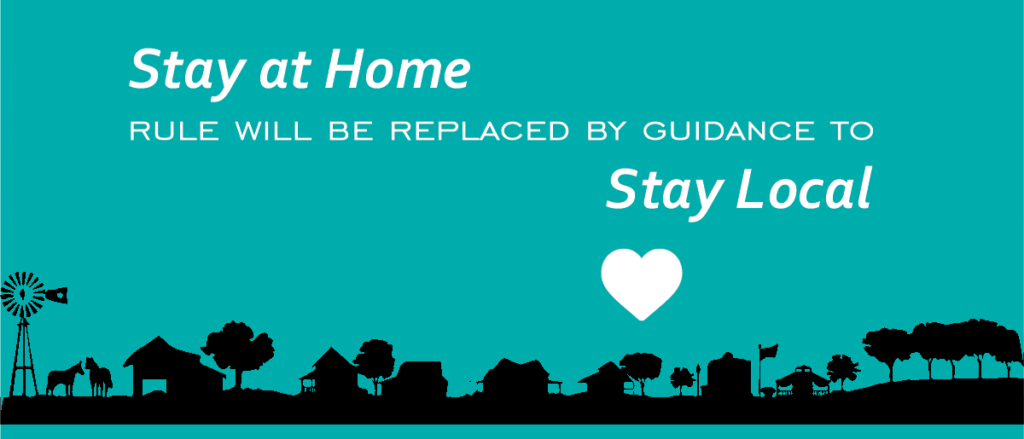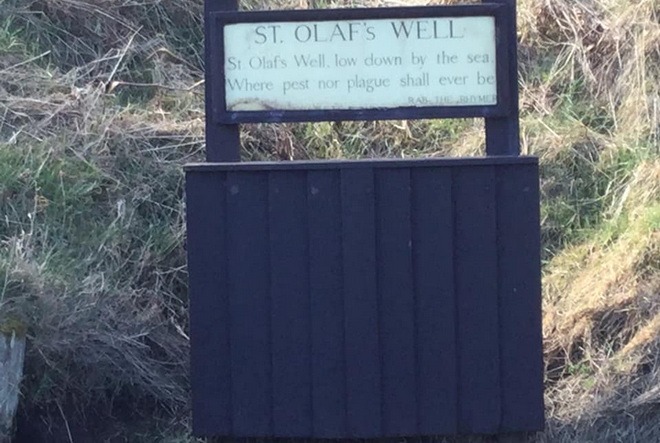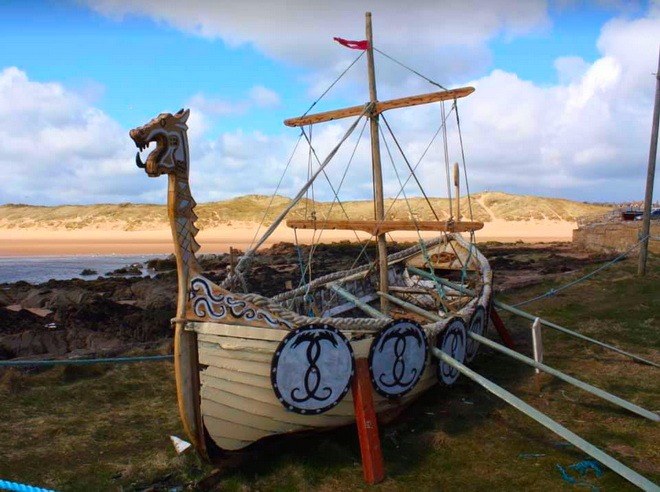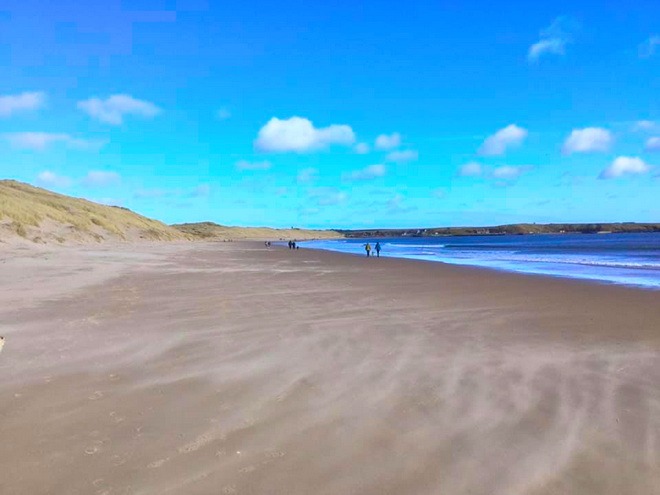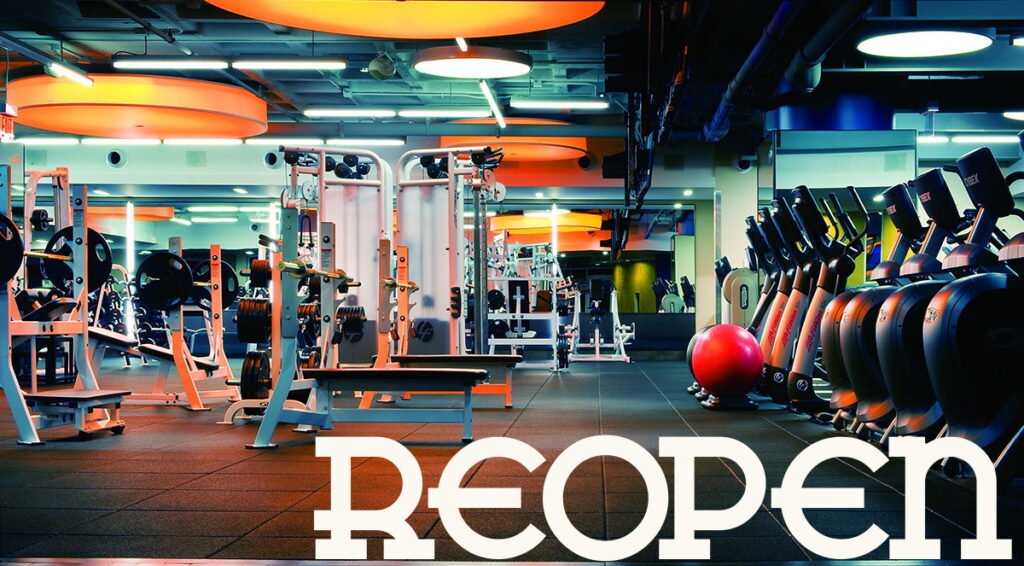Vaccination programme in Scotland reaches 2 million people
Vaccination delivered to 44% of Scotland’s eligible population.
Scotland’s vaccination programme has delivered first doses of the coronavirus (COVID-19) vaccine to more than two million people – 44% of the adult population.
The landmark was reached on Wednesday 17 March. 60 year old Ian Love from Dunipace was among those vaccinated on the day the milestone was reached. The engineering manager received his first dose at Forth Valley College’s Stirling campus, one of a number of community venues being used to deliver the vaccine locally in NHS Forth Valley.
The national vaccination programme continues to move through groups 6 and 7 on the priority list which includes those with particular underlying health conditions and unpaid carers. A self-referral online service has been launched to enable any eligible unpaid carers who have not received an invitation to register themselves.
As groups 6 and 7 progress, we have begun scheduling appointments for the next priority groups which are group 8 (age 55-59 years) and 9 (age 50-54 years) and vaccinations for these groups began at the start of this week.
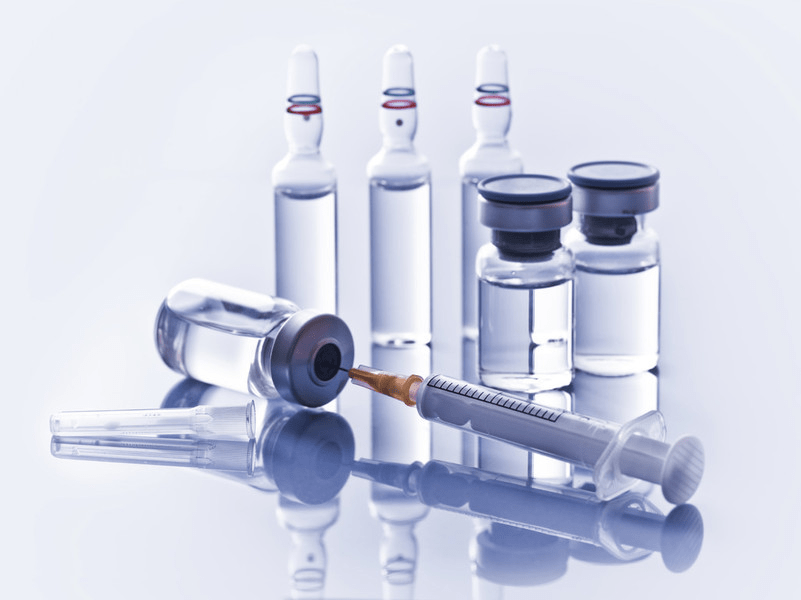
Heath Secretary Jeane Freeman said:
“More than two million people in Scotland have now received their first dose of the vaccine. That this has been achieved in little more than three months is down to the enormous efforts of our vaccination teams. I would like to thank everyone who is working tirelessly to make this a success, and also every individual who has taken up their offer of a vaccine.
“Scotland’s COVID-19 vaccination programme is now in the final stages of vaccinating the first nine priority groups. When you are offered the vaccine please take up the invitation. The vaccination programme is one of three key ways we are working to beat this virus, along with our expanded testing programme to identify cases and break chains of transmission and the important lockdown restrictions everyone in Scotland must follow. All these measures work to greatest effect when they work together.”
Chair of the Academy of Medical Royal Colleges and Faculties in Scotland Dr Miles Mack said:
“It is remarkable that a year after the first COVID-19 mortality in Scotland, effective vaccines have been developed, and are now being rapidly rolled out across the country. It is a testament to the hard working healthcare staff, military personnel and volunteers that we mark the milestone of 2 million first dose vaccinations, since the vaccine rollout programme began in December.
“We know that the vaccines are safe and effective. They are a vital tool in reducing the number of COVID-19 cases and in ensuring that people are protected against this deadly disease. But there is more work to be done.
Much of the adult population is yet to receive their first vaccine dose, and I would encourage people to take up the offer of a vaccine when they are called. I’d also ask the public to please bear with us while they are waiting their turn to be vaccinated. I know that vaccinators are working through the clinical priority list as quickly as they possibly can.”
Mr Love said:
“I am so pleased to have had my first dose of the COVID-19 vaccine. It is such a relief and it really is starting to feel like we can start to think about a return to normal life.
“I want to thank everyone at NHS Forth Valley – the whole procedure has been simple and the local staff were very reassuring and clearly explained the process. I look forward to getting my second dose in around twelve weeks’ time.”
NHS Forth Valley Immunisation Team Coordinator Gillian Bruce said:
“We are delighted to be marking the delivery of 2 million Covid-19 vaccinations here in Stirling. This achievement is testament to the hard work of local immunisation teams, GP Practice staff and volunteers across the country who are working closely with colleagues in local councils, Health and Social Care Partnerships and the military to deliver this large and complex vaccination programme.”

